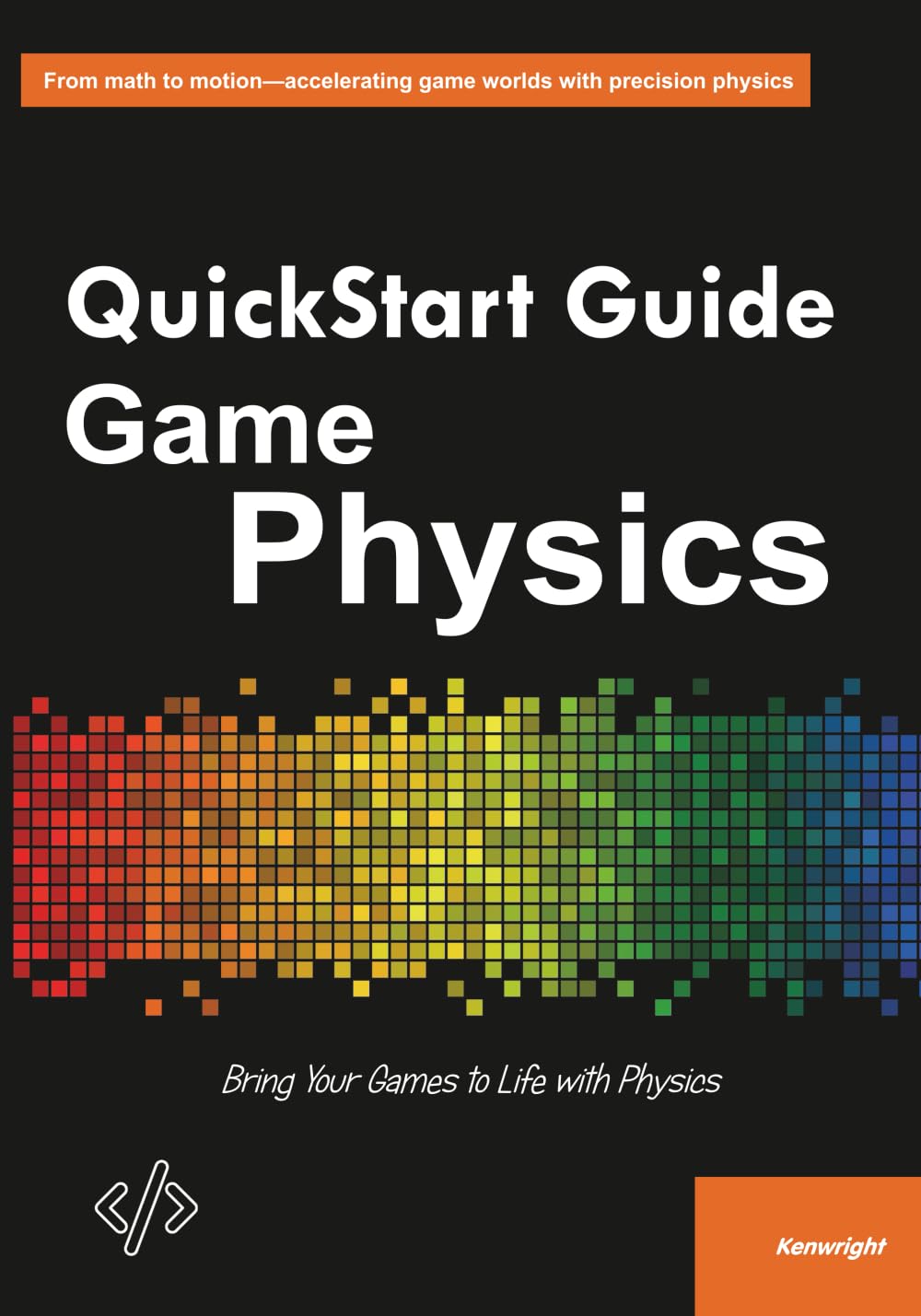
QuickStart Guide to Game Physics
A groundbreaking exploration of Game Physics and its impact on the digital landscape. This essential read offers fresh perspectives and practical insights that will transform your understanding.

A groundbreaking exploration of Game Physics and its impact on the digital landscape. This essential read offers fresh perspectives and practical insights that will transform your understanding.
The book's title, "QuickStart Guide to Game Physics", reflects its central theme: a bold exploration of ideas that challenge conventional thinking and encourage intellectual growth. This comprehensive work delves deep into the core concepts of Game Physics, offering readers a unique perspective that bridges theoretical knowledge with practical application. Drawing inspiration from the challenges and triumphs within Rigid Body Simulation, the author crafts a compelling narrative that resonates with readers across diverse backgrounds.
As someone who's been in the industry for 15 years, I found fresh perspectives and actionable insights on every page. Highly recommended for professionals.
I had the same experience. The practical exercises really helped solidify the concepts.
October 9, 2025
The storytelling woven into the analysis makes it both informative and emotionally resonant.
I loved how the author used personal stories to illustrate key points.
October 7, 2025
A must-read for anyone serious about mastering Gravity.
Yes! I found the visual summaries at the end of each chapter incredibly helpful.
October 11, 2025Stay updated with the latest from the book world
Author and critic Lincoln Michel talks about Hungarian writer László Krasznahorkai's Nobel win and what it shows about who gets recognized in world ...
Read MoreThe Hungarian writer, known for his apocalyptic works, has won the 2025 Nobel Prize in literature. He joins the ranks of Ernest Hemingway, John Steinb...
Read MoreBaldwin: A Love Story, a book by Nicholas Boggs, has a singular focus on the redemptive power of devotion....
Read MoreEnhance your reading and learning experience
Organize books by color for visual appeal or by genre for practical access.
Use a pointer or your finger to guide your eyes. This can increase reading speed by 25%.
Create a dedicated reading space with good lighting and minimal distractions.
Take brief notes after each chapter. Summarizing helps cement knowledge.
Follow the 20-20-20 rule: every 20 minutes, look at something 20 feet away for 20 seconds.
Rubber Duck Debugging: explain your code line by line to an inanimate object.
Sarah Johnson
Professional ReviewerTotally agree. The pacing and structure made it easy to stay engaged throughout.
October 3, 2025